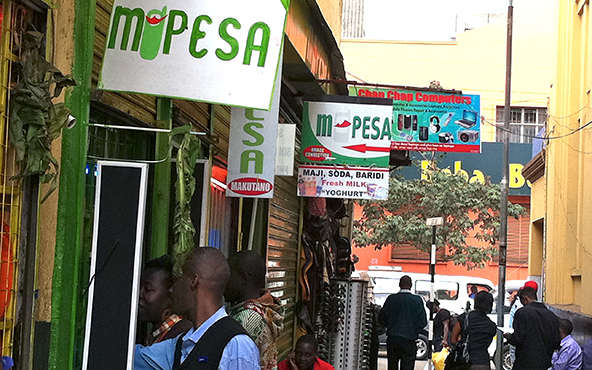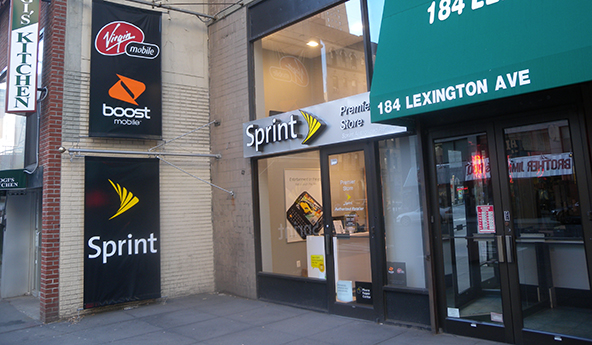Why Do Merchant Account Discount Fees Vary over Such a Wide Range?

This is a guest post by Tom Cleveland from MerchantSeek.com
For veterans and start-up businesses alike, the angst over having to pay wide-ranging discount fees to their credit card processor is ever growing and ever confusing.?á The primary issues revolve around a total lack of transparency of why the fee exists in the first place and how the fee can vary to such a large degree in the marketplace from vendor to vendor.?áThe answer all comes down to one word — risk.
Bank-issued credit cards were designed so that merchants could easily and at low cost offer the option for financing purchases within their establishments. Merchant-centric loyalty credit programs are generally a thing of the past, although a few very large retail stores still offer in-store credit. The costs for these programs can be very high, in excess of 8 percent to 10 percent in many cases, considerably higher than today’s average discount rate of 2 percent to 3 percent.
The issuing bank is on the hook under today’s scenario for customer credit losses, the reason why a major portion of the discount fee flows back or is “reimbursed” to the issuing bank from the processing agent. The terminology can at times be confusing in this area since there are many terms that describe this “revenue sharing” arrangement.?áThese terms can be Merchant Service Fees, or MSF, issuer reimbursement fees, discount fees, or the more common term of interchange fees.
Managing Credit Risk
Controlling risk from a customer credit perspective has produced a number of preventive measures, each with an individual cost structure that influences the eventual discount fee level charged by your processor.?áThe first line of defense is to ensure that the cardholder and the person using the card are the same individual. The second line of defense becomes how your retail environment captures the data contained on the card, even down to observing the signature of the cardholder if necessary. Online selling is obviously more risky.
Organized crime has learned long ago how to make counterfeit cards or profit from lost or stolen payment instruments. Issuers have responded with anti-fraud card design aspects, including special code verification calculations that use the data on the magnetic stripe, the card number, and the expiration date. For these reasons, the fees for having a “card-present” transaction read by an electronic terminal command the lowest fees in the industry.?áIssuers have learned that they can mitigate the level of risk, but never eliminate it entirely.?áBanks, therefore, expect merchants to absorb a degree of this risk.
The merchant processor also has risk concerns of its own.?áHigh risk merchant accounts are a reality in the industry, and once again, preventive procedures have been developed over time to address fraud and minimize the probable losses from its occurrence.?áIn some cases, due to the higher risk profile posed by a specific merchant type, special payment protocols have been tailored for business sectors like collection agencies, loan modification and loss mitigation consultants, online vitamin and drug vendors, and one we encounter quite frequently, the unmanned gasoline pump.
Assessing Loss Potential
While the preventive measures above are more transaction oriented, a processor must also be on the lookout for pure merchant fraud or conditions that may lead to a merchant bankruptcy.?áIn the latter case, the cardholder can, within certain legal restrictions, obtain a refund that the issuing or acquiring bank may have to pay.?áThe business indicators that may portend that a loss may be imminent and thereby dictate a higher discount fee may be as follows:
- A history of chargebacks at a high or increasing rate level.
- International nature of your business — fraud is higher by multiples in the cross-border arena.
- A rapidly increasing trend of higher daily/weekly deposits.
- Multiple merchant accounts or history of rejection by other processors.
- The nature of your business model, if it focuses where risks tend to be higher, such as an online pharmacy, adult entertainment venue, or debt collection.
- Deteriorating credit scores and declining deposit receipts.
There are also transaction-related fees, but these relate more to volume and are fairly straightforward. “Net / Net — risk issues dictate the wide range of merchant processing fees.?á Choose a lower risk path, and your fees can be demonstrably lower.
Image credit: Jazzservices.eu.


